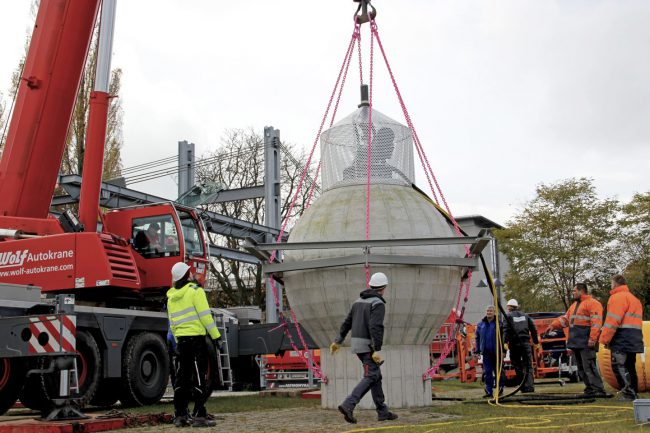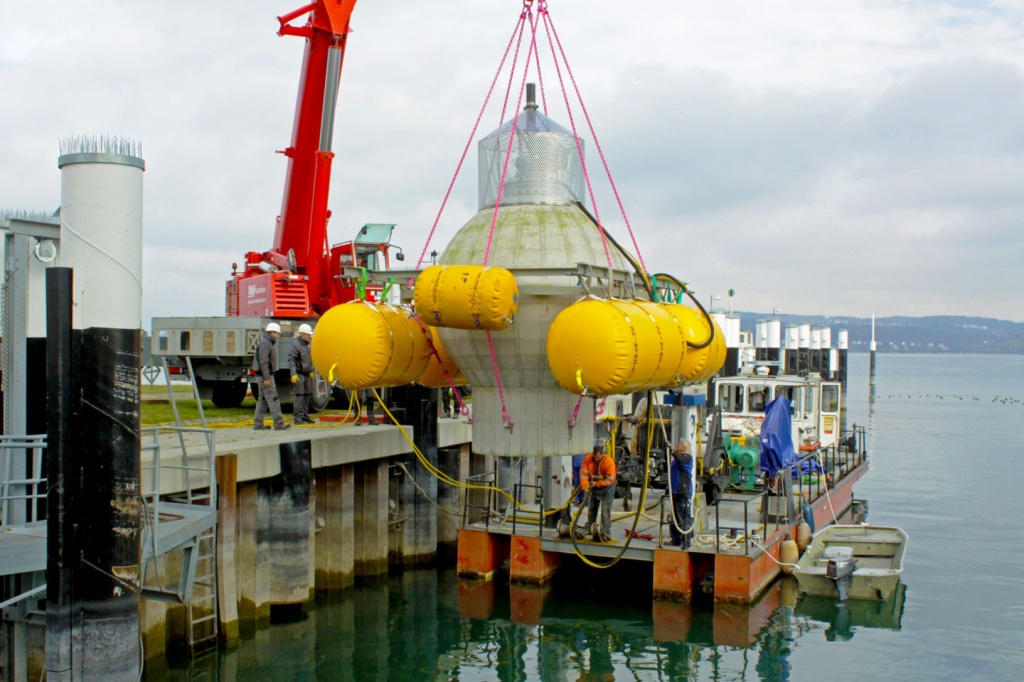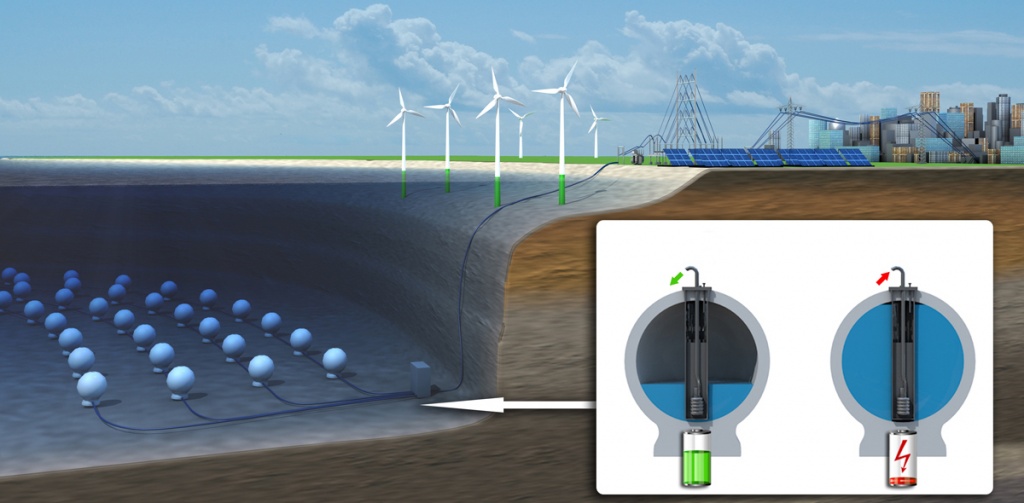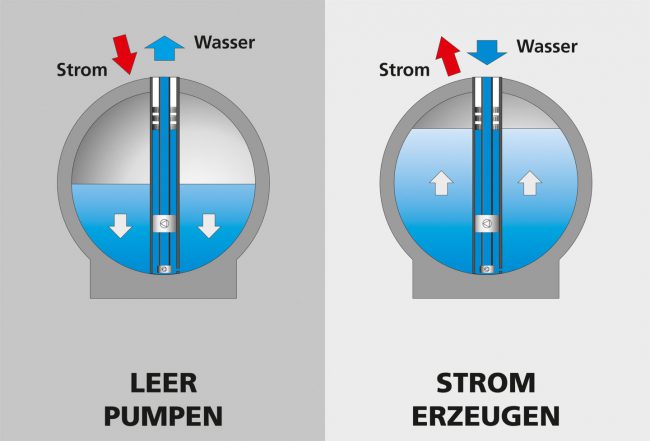Energy storage technology is an extremely promising branch of energy industry development.
Pumped storage is a decades-old technology with a relatively simple concept: When electricity is cheap and plentiful, use it to pump water up into a reservoir above a turbine, and when electricity is scarce and expensive, send that pumped water down through a turbine to generate more power. Often, these pumped storage facilities are auxiliary to other electricity-generating systems, and they serve to smooth out fluctuations in the amount of power on the grid.
A German research institute has spent years trying to tailor pumped storage to ocean environments. Recently, the institute completed a successful four-week pilot test using a hollow concrete sphere that it placed on the bottom of Lake Constance, a body of water at the foot of the Alps. The sphere has a diameter of three meters and contains a pump and a turbine. Much like traditional pumped storage, when electricity is cheap, water can be pumped out of the sphere, and when it’s scarce, water can be let into the sphere to move the turbine and generate electricity.


The Fraunhofer Institute for Wind Energy and Energy Systems Engineering envisions spheres with inner diameters of 30m, placed 700m (or about 2,300 ft) underwater. Assuming the spheres would be fitted with existing 5 MW turbines that could function at that depth, the researchers estimate that each sphere would offer 20 MWh of storage with four hours discharge time.
In an underwater “energy park,” dozens of these spheres could be connected near an offshore wind farm to create a system that would be able to add extra reliability to a renewable-heavy grid. The institute admits that the economics of this project only work on a large scale. It estimates that more than 80 spheres would be needed “to achieve a relevant overall performance/capacity for the energy market.”


In November, the Fraunhofer Institute placed the test sphere 200m off the coast of Lake Constance and 100m under the lake’s surface. The institute just retrieved its sphere last week. Researchers are still sifting through the data gleaned by the pilot program in order to create better computer models on how this scheme would work in the real world. The institute wrote that it wants to conduct a follow-up project using a larger sphere that would be underwater for a longer time.
According to the institute’s press release, a sea-based project is still three-to-five years out, but industrial partners and public sponsors are apparently interested in financing the project further. This test was completed with help from Germany's Federal Ministry of Economics and Technology.
